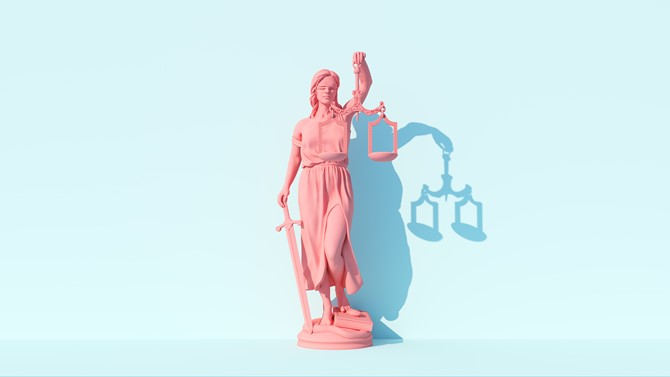What happens when you sue an art installation?
A new decision from the Supreme Court of Tasmania draws the line between illegal discrimination and lawful promotion of equal opportunity in the art sector.

Background
In April 2024, the Tasmanian Civil and Administrative Tribunal found that the installation “The Ladies Lounge” at the MONA museum in Hobart, Tasmania, constituted illegal discrimination against men.
The reason was simple enough: men were not allowed entry into the Ladies Lounge.
More importantly, the tribunal found that denying men access did not qualify as a measure promoting equal opportunity for women, which could have made the installation lawful.
Thus, the tribunal’s order was to stop refusing entry to those who did not identify as “ladies”.
This ruling has now been quashed by the Tasmanian Supreme Court.
What is the ladies lounge?
The Ladies Lounge is a participatory art installation, designed as an enclave art exhibition and separated from the rest of the museum by a green silk curtain. Entry is supervised by a concierge who admits only those who identifies as female.
The Ladies Lounge showcases a blend of modernist artworks and antiquities in a carefully curated environment, but a just as important part of the installation is the process of being admitted or refused admission.
Exclusion as art, so to speak.
The Ladies Lounge is artist Kirsha Kaechele’s response to the historical exclusion of women from publics spaces. The installation was created to give women the experience of a “flipped universe” where they are the ones benefiting from exclusivity, and to draw attention to the past and current societal discrimination against women.
The Supreme Court´s consideration
The issue before the Supreme Court was whether the discrimination inherent in the Ladies Lounge installation was “designed to promote equal opportunity for a group of people who are disadvantaged or have a special need because of a prescribed attribute” – in this case the “prescribed attribute” being gender.
The Tasmanian ban on discrimination made an exception for measures meeting these requirements
The Supreme Court found that:
- Women currently suffer and have suffered historical disadvantage in many aspects of life and in significant measures.
- The central idea of the Ladies Lounge was to promote equal opportunity by providing an experience for women which could challenge societal gender bias, which still exists.
- The Ladies Lounge could bee seen as an arrangement designed to promote equal opportunity by highlighting the lack of equal opportunity, which generally prevails in society, by providing women with a rare glimpse of what it is to be advantaged.
The Supreme Court thus remitted the case for reconsideration by the tribunal, and a final decision is pending.
Takeaways
The case of the Ladies Lounge highlights how art can challenge the courts and the law, not just through the legal conundrums art often presents, but also by demonstrating how reductive or imprecise interpretations of artistic expressions can lead to wrongful judgements.
The case also exemplifies how the convergence of art and law can solidify uncomfortable truths, compelling the Supreme Court to address and, in this instance, acknowledge the social issues that the Ladies Lounge was created to illuminate.
***
The Supreme Court decision is available here
The decision of the Tasmanian Civil and Administrative Tribunal is available here
Contact us
Related articles
Related areas of expertise
Want to stay up-to-date?
Yes please!
At Ræder Bing, we are passionate about our fields of expertise and keen to share what we know and learn. Subscribe to our newsletter and stay updated here.


